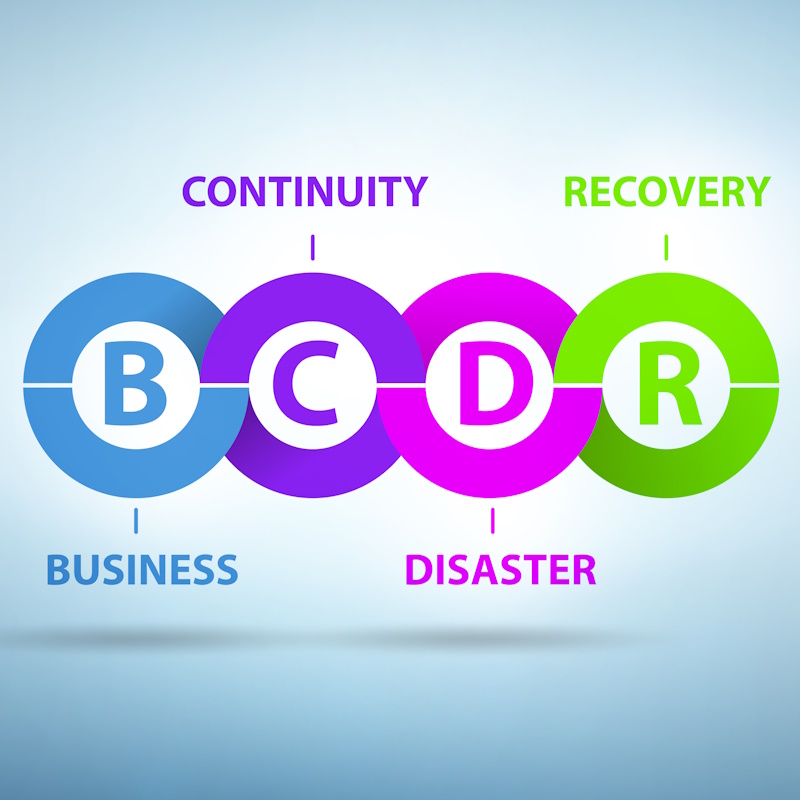Recent Posts
Categories

Small businesses are often targeted by cybercriminals due to their perceived lack of security. Therefore, it’s essential for small businesses to take cybersecurity seriously. They need to implement measures to protect their sensitive data. One of the most effective cybersecurity frameworks is zero trust. Zero Trust is not a platform or a service. It is a strategy. It is a framework that says, trust nothing, verify everything, that is systematically applied. Zero Trust is a journey. If you want to increase your IT Security, here are three core principles to remember.
Continually Verify
The Rule of Zero Trust is “never trust, always verify”. Therefore you want to continually verify all of users. What permissions they have. Devices that are on your network or accessing your applications. What applications are present? What sensitive data is being accessed? You want to make sure only the right people have access to only what they are supposed to.
To continually verify, you want to review authenticating users, check devices for security vulnerabilities, and continuously monitoring network activity. By continually verifying users and devices, you can reduce the risk of data breaches and ensure that only authorized users can access sensitive data.
Limit Access
Limiting access to sensitive data is another principle of zero trust cybersecurity. If you haven’t identified and classified all data within your organization, you may have to start there. This includes sensitive data such as customer information, financial records, and intellectual property. Once you have identified your data, classify it based on its level of sensitivity. This will help you determine which data needs the most protection.
Limiting access involves implementing access control measures. This could be two-factor authentication, biometric authentication, and role-based access control. By limiting access to sensitive data, you can reduce the risk of data breaches and ensure that your data is only accessible to those who need it.
Assume Breach and Minimize Impact
Zero trust cybersecurity is to assume that a breach will occur and minimize the impact of any potential breach. Instead of waiting for a breach, assume you are breached and set up the protection to minimize exposure and protect your busienss. Be pro-active and start taking precaution now. When you start thinking that way, you are able to start putting more security measures in place. Such as, data encryption, data backup, and disaster recovery planning. By assuming breach and minimizing impact, you can ensure that your business can quickly recover from any potential security incidents.
Implementing a zero trust cybersecurity framework is essential for small businesses to protect their sensitive data from cyber threats. Small businesses can establish a strong cybersecurity posture and protect their sensitive data from potential threats following these core principles. Remember that cybersecurity is an ongoing process, and it’s essential to continually monitor and update your cybersecurity measures to ensure that they remain effective against new and emerging threats. Work with an IT



